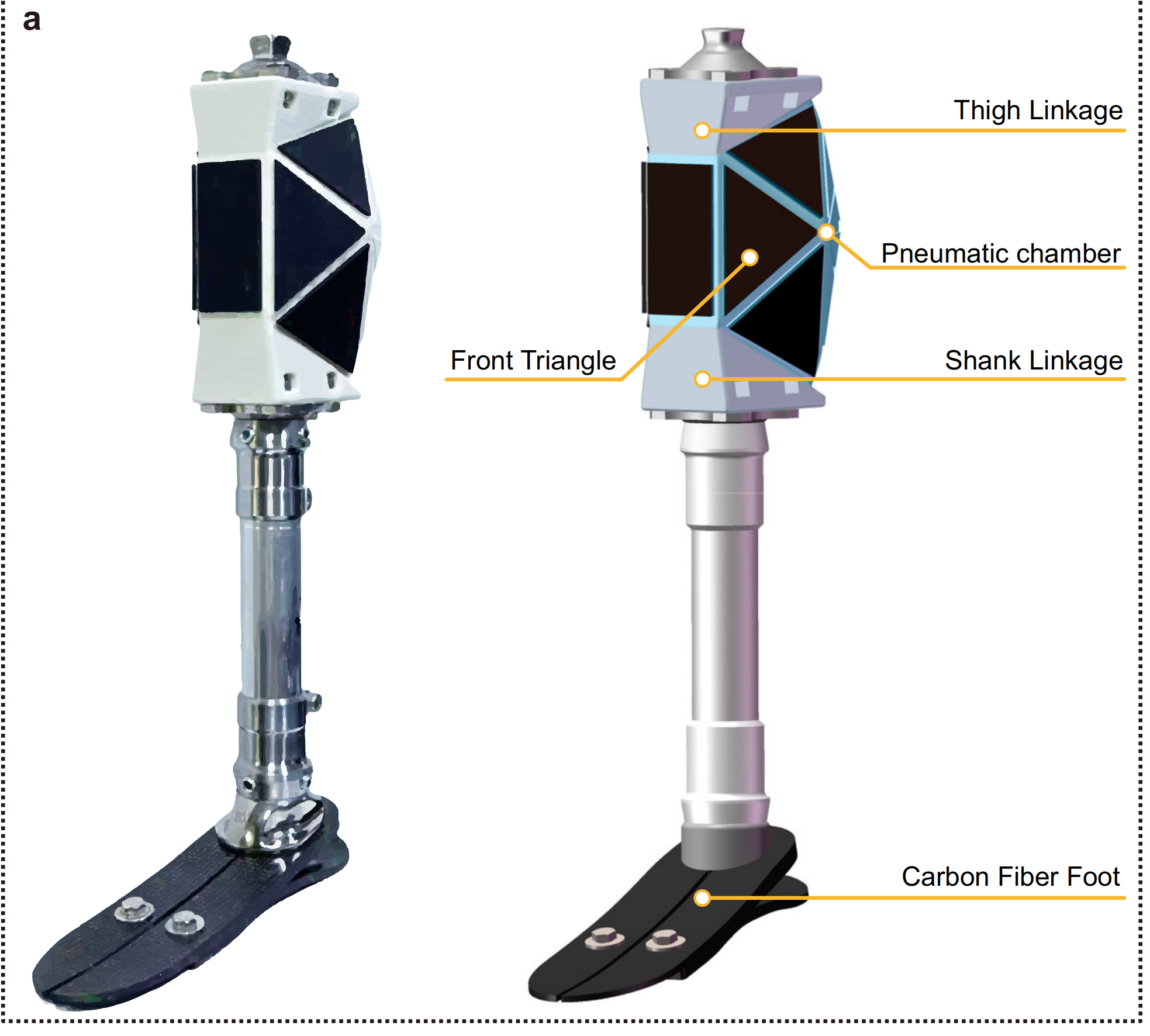Small Bamboo's Big Global Business
During this year's Spring Festival, the Hong Kong-Zhuhai-Macao Bridge experienced a significant increase in passenger traffic, with the department of customs recording over one million inbound and outbound travelers. Among the notable features of the bridge's infrastructure is a 20,000-square-meter landscape platform on the artificial island, made entirely from high-durability outdoor bamboo. Despite being exposed to intense sunlight, seawater corrosion, and frequent typhoons, these bamboo-based composite panels have remained sturdy for over six years.
China's booming bamboo industry
China is the world's largest producer and exporter of bamboo, with the industry generating 541.2 billion RMB in 2023, of which exports exceeded 16 billion RMB. Bamboo's rapid growth and high strength make it a promising alternative to plastic and steel.
Currently, China's bamboo forests cover over 100 million mu (6.67 million hectares), accounting for more than 60 percent of global bamboo product trade and benefiting nearly 50 million rural residents.
"Most of the world's bamboo resources are in developing countries, while developed nations lack large-scale plantations. China has both abundant resources and strong processing capabilities," said Lou Zhichao, an associate professor at the Nanjing Forestry University Bamboo Research Institute.
"Bamboo forests absorb 1.46 times more carbon dioxide than Chinese fir forests. China's bamboo forests reduce carbon emissions by 197 million tons annually and store 105 million tons of carbon, totaling 302 million tons of carbon reduction and storage," said Wang Jin, secretary-general of the Zhejiang Bamboo Industry Association.
Overcoming challenges in bamboo processing
Despite its advantages, bamboo presents challenges. It is hollow, has a small diameter, grows quickly and contains high levels of starch and sugars, making it prone to decay and mold. Conventional processing involves splitting, carbonization to remove hemicellulose, and adhesive compression.
However, bamboo's silicon-rich outer layer, waxy interior, and vertically aligned fibers make processing more complex than wood.
An industry expert, who asked not to be named, highlighted challenges such as high labor intensity, small-scale production, product homogenization, weak research and development, and an underdeveloped consumer market. Only about 100 bamboo enterprises in China exceed 100 million yuan in annual revenue, and the largest company's revenue is just 1 billion yuan, limiting their international competitiveness.
Previously, Chinese bamboo products gained traction in European and American markets due to their ability to replace wood. However, limited product variety and application scenarios have restricted further market expansion.
Meeting green standards for high-end markets
Madrid International Airport features a 240,000-square-meter bamboo roof — the largest bamboo roofing project in the world. "Traditional airport roofs use aluminum alloys. Using bamboo required overcoming fire resistance, corrosion protection, and environmental challenges. After a year of R&D, we succeeded," said Shen Haiying from Dasso, a leading Chinese bamboo material company.
Dasso's success in Madrid was made possible through research collaborations, including work by Nanjing Forestry University. Since 2016, Lou Zhichao's team has been developing green, low-carbon reconstituted bamboo technologies, including a mild pyrolysis technique to remove bamboo's internal nutrients, low-formaldehyde and low-phenol adhesives, and lifecycle carbon footprint evaluations.
"To combat mold and decay in outdoor applications, we developed mild pyrolysis technology, cutting heat treatment temperature and time by more than half, significantly reducing energy consumption," said Lou. This innovation preserves cellulose while ensuring bamboo remains durable outdoors for five years without anti-corrosion treatments.
In October 2023, the EU implemented the world's first "carbon tariff" under the Carbon Border Adjustment Mechanism. To comply, Nanjing Forestry University built a database covering bamboo resource characteristics across 12 Chinese provinces and six processing techniques. They also developed a lifecycle carbon footprint model, analyzing 1,152 process parameters across 11 manufacturing steps. These efforts provide Chinese bamboo products with a green, low-carbon "passport" to enter high-end global markets.







